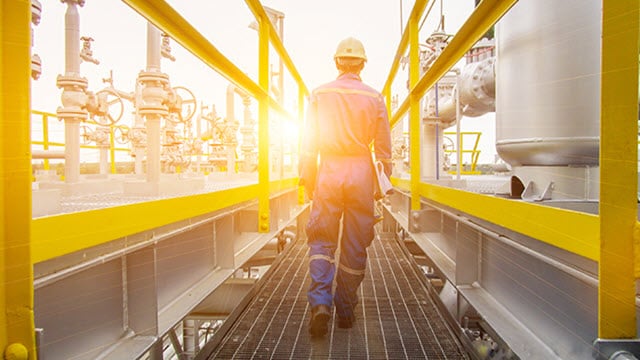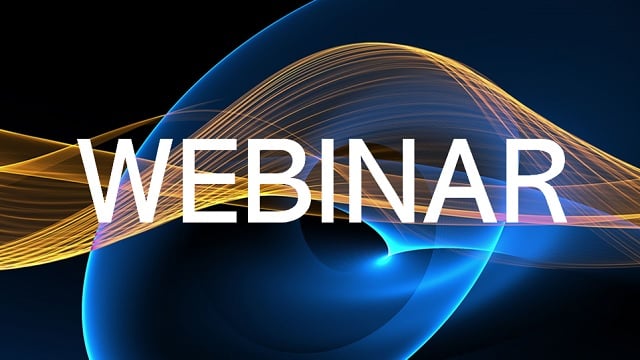Solid bowl centrifuge FAQs
What is a solid bowl centrifuge?
A solid bowl centrifuge is a style of mineral processing centrifuge that is used in the mining industry for separation of solids and liquids. A centrifuge is employed to separate a slurry that consists of two substances with different densities by using the force resulting from continuous rotation. Solid bowl centrifuge technology can be used for cost effective solid-liquid separation in applications such as tailings dewatering and fine coal recovery.
How does a solid bowl centrifuge work?
The solid bowl centrifuge (SBC) consists of a horizontal centrifuge rotor with a scroll conveyor inside it which together is referred to as the rotating assembly. The assembly rotates spins around its own axis at high speed thereby generating high centrifugal force that enables separation of solids from the liquid. The slurry enters the rotor through a stationary feed tube. The separated solids are scrolled out by the conveyor in the form of a dry solids cake whereas the clear liquid (centrate) overflows the weir plates from the opposite end.
Today’s solid bowl centrifuges have ten times the capacity of older models, with Alfa Laval investing significantly R&D resources to engineer today’s high performance SBCs such as the Alfa Laval P3 which is fully automated requiring minimal operator intervention to meet varying feeds, has high wear protection and increased reliability.
Solid Bowl Centrifuge vs Belt Filter Press
A vast array of mechanical solutions exist that all promise to deliver dry tailings in a cost-effective way. This leaves miners in a difficult position to navigate the often confusing choices of emerging and established technologies, with engineering teams on sites conducting extensive trials to see what works for their operations.

What are the benefits of solid bowl centrifuges for mine sites?
With the latest solid bowl centrifuges, mining companies see a reduction in water usage by up to 90%, as they are able to extract and re-use the process water. They are also able to dispose of the dry tailings in a similar fashion to overburden and together with coarse rejects. This increases operational efficiencies and helps companies meet sustainability targets. In many cases, dry disposal alleviates the risky and expensive practice of storing slurries in a tailings dam. Other mining companies gain additional capacity as existing TSFs are reaching capacity and new licenses are harder to come by.
Which mineral processing applications are suitable for solid bowl centrifuges?
Solid bowl centrifuges can be used in a number of different mineral processing applications. Examples in Australia include coal, copper, alumina, iron ore, gold and uranium tailings, concentration processes as well as particle recovery, for example, fine coal recovery.
Why Alfa Laval
A reliable partner for the Mining and Mineral Processing Industry
Alfa Laval offers customers not only solid bowl centrifuges with very large capacity (up to 60 dry tonnes per hour) specifically designed for arduous duties in mining and mineral processing. The company prides itself on a strong local heritage of 95 years in Australia with a significant local service and support presence including Service Centres and field service engineers based around Australia to service even the most remote mining sites.
Swedish headquartered Alfa Laval is a leading global manufacturer offering its expertise, products, and service to a wide range of industries in some 100 countries. The company is committed to optimizing processes, creating responsible growth, and driving progress – always going the extra mile to support customers in achieving their business goals and sustainability targets.
Alfa Laval’s innovative technologies are dedicated to purifying, refining, and reusing materials, promoting more responsible use of natural resources. They contribute to improved energy efficiency and heat recovery, better water treatment, and reduced emissions. Thereby, Alfa Laval is not only accelerating success for its customers, but also for people and the planet. Making the world better, every day.
Alfa Laval Mining & Mineral Processing Webinars
Curious to learn more? Join the Alfa Laval webinar series discussing challenges and solutions for the mining and minerals processing industry. Equip yourself with the knowledge to design, maintain and manage production processes with high efficiency and minimal operational and environmental risk.

Tailings dewatering - Frequently Asked Questions
What is tailings management?
Many mining and mineral processes require washing the ore to remove impurities. The resulting wastewater and slurries are traditionally stored in tailings storage facilities or TSFs. With depleting ore reserves the quantity of tailings generated is increasing, as miners try to fulfill global demand for minerals. As the practice of wet tailings entails major risks, and new TSF licenses are harder to obtain, the industry is seeking alternatives including tailings dewatering to ensure safe and sustainable tailings management.
How mining companies effectively dewater tailings with solid bowl centrifuge technology
Why is the topic of tailings management receiving so much attention?
Tailings management is in the spotlight as mining companies are balancing growing demand for minerals with slimmer operating margins and greater calls for risk management and sustainability. Shareholder and regulatory pressure as well as social license play a role as well as environmental and cost considerations. The legacy cost of managing and closing a TSF can be substantial.
What is the recommended approach for tailings management?
The framework for tailings management considers key development pillars: technological, economic, environmental, policy and social aspects. It incorporates tools for determining trade-offs inherent in different tailings management methods during operation and throughout the life of mine which include Life Cycle Assessment (LCA), Net Present Value (NPV), Decision Analysis, and others.
The design and management of a TSF requires a multi-disciplinary approach as it involves civil and environmental engineering, geology, hydrology, geochemistry, mechanical engineering, process engineering and mine planning.
What are the most cost effective technology solutions available for tailings dewatering?
The key evaluation criteria that mining and mineral processing companies consider while selecting tailings dewatering technologies are:
- Consistency of dewatered solids – preferably dry, stackable
- Clarity of filtrate/centrate for recovery and reuse
- Sound operating economy
Solid bowl centrifuges compare favourably in all three categories.
Can mine operators move away completely from tailings storage with tailings dewatering?
As solid bowl centrifuges have evolved in capacity and throughput, the ranks of mining companies aiming to eliminate TSFs completely with full scale deployments is growing quickly.
For example Australian mining company Bloomfield is moving away from tailings storage with Alfa Laval solid bowl centrifuges. However tailings dewatering can also be an interim solution for sites where tailing dams are reaching capacity. Contact Alfa Laval Australia for more information of our full scale skid mounted SBC solution.
What are the sustainability benefits of tailings dewatering?
Water scarcity brings sustainability to the forefront and water management is also critical for maintaining community support and social license to operate. Considering the arid nature of the Australian continent, it doesn’t come as a surprise that local mining companies are well advanced when it comes to seeking more efficient ways to dewater their tailings and re-use the process water in their processing plant.
Solid bowl centrifuges allow to re-capture up to 90 per cent of the water, as the centrifuge separates the fine solids using G-forces from the contaminated process water. The solids are discharged as a cake with a low moisture content that can be dry-stacked, and used for mine rehabilitation in a similar fashion to overburden and coarse rejects.
Recycle, reuse and recover resources from tailings
Can I dewater slimy tailings with high clay content?
Slimes are sometimes a fraction of the tailings stream, combined with coarser solids, or a product of a desliming stage. The higher this fraction, the more difficult the tailings are to manage. While filtration can struggle with clay, a gravity-based method such as a thickener commonly separates out the water and solid phases with the assistance of flocculent. They create an overflow that is normally clear enough for use in the process plant, and a pumpable underflow.
How to dewater tailings slurries with slimes and ultra-fines
Get a quote or find out more about our solid bowl centrifuge trial unit
A centrifuge trial allows to you determine parameters such as:
- Moisture in the cake
- Centrate clarity
- Determine scalable capacity
- Detailed assessment how this technology can work in practice for your specific facility

